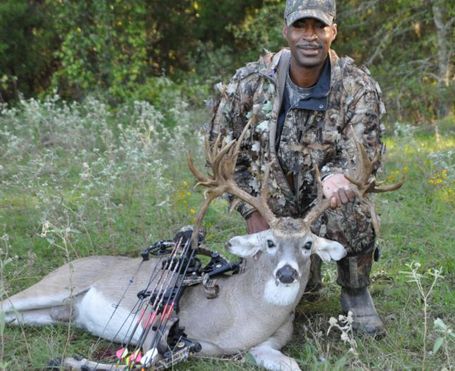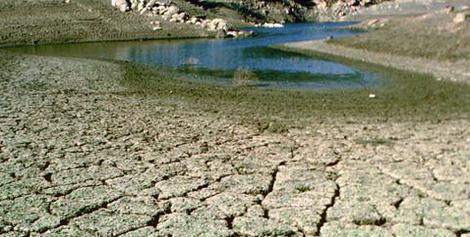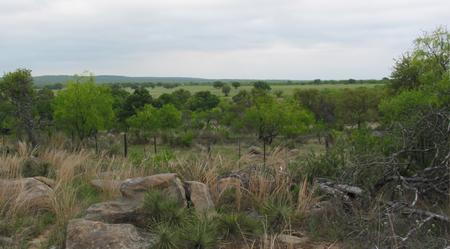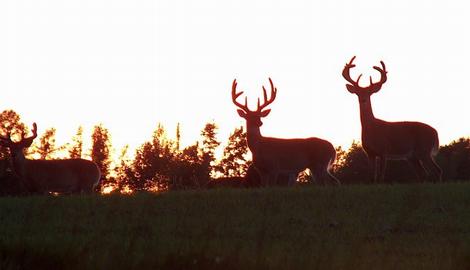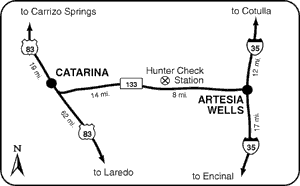For hunters and landowners interested in healthier deer and better hunting Texas Parks and Wildlife Department has announced some upcoming white-tailed deer management seminars. The habitat and wildlife management classes will take place at the Kerr Wildlife Management Area (WMA), which is located about 30 minutes west of Kerrville, Texas. This area offers a very educational view on the interaction between the whitetail and its native habitat.
The Kerr WMA is offering seminars free to the public on the first Friday of each month in August, September, and October. Seminars include an ecosystems approach as it pertains to range and wildlife habitat management with emphasis on whitetail deer management. Topics discussed include deer management, grazing management, prescribed burning and brush control as well as how these management techniques effect threatened and endangered species. You will get some insight into key deer foods and how to appraise the habitat found on your ranch. Continue reading Kerr WMA: Deer Management Seminars
